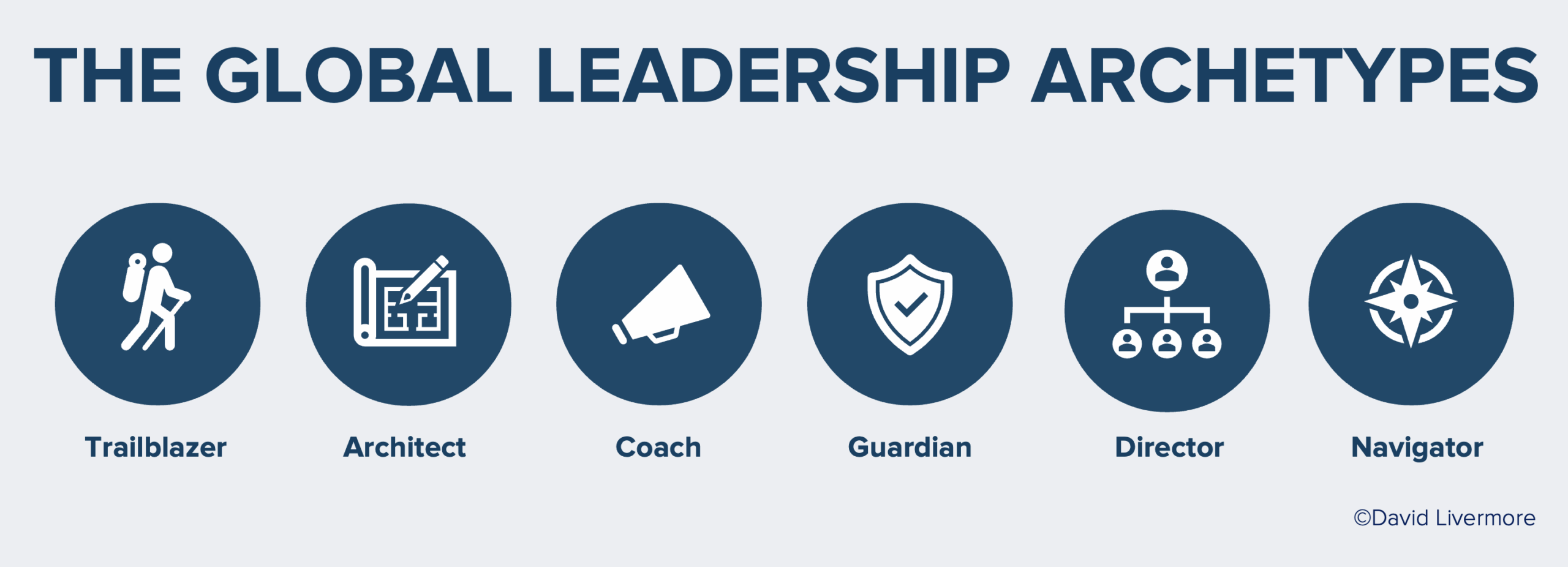
All business is global. It wasn’t always that way. But today, local start-ups, non-profits, Fortune 50 companies, hospitals, and universities all have to be mindful of the cultural and global complexities of leadership.
What if you’re a local organization that only works within a small range of zip codes? Global is still relevant. For example, international trade disputes, supply chain disruptions, geopolitical factors, and labor availability have a direct impact on a local construction company’s timelines, budgets, and success. Similar examples apply to leaders of universities, congregations, hospitals, and consulting firms. An ability to dynamically anticipate and lead in a disruptive, global environment can make or break you as a leader.
The multicultural, global dimension of every organization is top of mind for me right now, both because of the strategic approach we’re taking at Boston University to ensure every student in our business school has the skills to work in light of today’s global realities, and because I’ve just finished the manuscript for the 3rd edition of Leading with Cultural Intelligence (releasing next September).
I’ve put together a checklist that leaders can use to ensure they view every leadership situation through a global lens.
COMMUNICATION
- What words, channel, and style will most effectively communicate this message to our diverse team?
Team members, regardless of their culture or personality, want leaders to be clear. But what I consider to be clear and what you consider to be clear may be very different. The more diverse the people we lead, the more we have to adjust the way we communicate.
Culturally intelligent, global leaders stop to consider what clear messaging looks like as they communicate to diverse, distributed groups. For a follower who is risk averse, clarity often means providing a high level of detail and demonstrating how you’ve considered the potential risks. They want you to take time to provide some context including the process that was used to make a decision. Yet others are annoyed with too many details and find a big picture overview much more helpful. They want a brief summary with actionable items.
Review your communication before releasing it and read it through the lens of both extremes—“TL;DR” vs. “too brief.” Design your communication so that different team members can get the level of detail they need.
CHANGE
- What motivational drivers will most effectively convince this group (or individual) to change?
One of a leader’s primary roles is to manage change:
- How can I get my team to work more efficiently?
- How do I motivate people to return to the office?
- How can I convince this customer to move away from doing business with a competitor?
The DEI experts have it right when they say, Don’t treat people the way you want to be treated. Treat people the way they want to be treated. What motivates one team member to change may not be at all motivating to another team member. Some are motivated by increased autonomy, while others want the chance for more collaboration. Some are motivated by opportunities for growth and upward mobility while others are more concerned about money, status, or things that will make their jobs easier.
Motivational drivers are both cultural and personal. But regardless of the source, the challenge is the same. Ensure change management accounts for a diversity of motivational drivers among those you lead.
COLLECTIVISM
- What’s a collectivist POV on this issue, policy, or approach?
Individualism versus collectivism—the degree to which we identify more with the needs and goals of ourselves versus those of our extended families and communities—is one of the most important underlying values that shapes how we lead and want to be lead. 70 percent of the world is collectivist, a value that not only characterizes people in Shanghai and Dubai but increasingly people in Copenhagen and Omaha. But when I reviewed leadership content published over a five-year period including books, articles, seminars, and even business school curriculum, roughly 90 percent of the content was designed for leading in individualist, egalitarian cultures.[1]
One of the ways to correct the individualist bias in most leadership approaches is to consciously consider whether we’ve looked at a situation from a collectivist perspective. Singling out a high performing team member and publicly acknowledging them is usually welcomed by individualists and creates embarrassment and maybe even shame for collectivists. Highlighting the importance of authenticity and autonomy motivates individualists and may have little effect with collectivists. And how we plan for a meeting needs to account for the collectivist mindset. A Thai leader said, “If the Americans want to hear from us on a conference call, they need to send the agenda at least 24 hours in advance so that we can prepare what we’d like to say and get feedback from our peers.” Sending an agenda before a meeting is useful anytime. But it’s particularly important when the meeting includes individuals from collectivist face-saving cultures where there is a strong emphasis on avoiding mistakes and building consensus.
Of course this “C” on the checklist may need to be reversed if you’re a collectivist leader who always defaults to collectivist assumptions and have people you lead who are individualists. But given the prevalence of individualism in leadership literature, many of us need to consciously beware of defaulting to our individualist perspectives.
CALENDAR
- How have I accounted for time zones, key events, and holidays when scheduling meetings and events?
Imagine assuring a European prospect that your company works with organizations all over the world and the next marketing email they receive from your company is about a “Thanksgiving sale.” Or perhaps you introduce a new customer in Dubai to someone in your company and your counterpart suggests connecting on a Friday morning call. Do staff routinely offer meeting times to suppliers that conflict with their time zone or calendar (e.g., running a sales meeting over Lunar New Year)?
These kinds of situations are probably not a big deal if they happen once but if clients and team members repeatedly encounter leaders who seem oblivious to the variable timing of the weekend around the world or widely recognized holidays, it will raise suspicions about whether you and your organization are adept at working with people outside your immediate orbit. Furthermore, many employees find that despite being part of a ‘global organization’, meetings are consistently organized during times of the day that are more convenient for some than others.
Gather key religious dates and avoid scheduling important meetings during events and times that negatively impact your team. Create a process for floating holidays so that Muslims don’t have to work on Eid and Vietnamese don’t have to work on lunar new year. If you work internationally, mark company calendars with the varying “weekend days” and significant holidays. Even something as simple as sharing a meeting time that is listed in your counterpart’s time zone rather than yours shows a level of consciousness that signals you are an inclusive, global leader.
Do an audit of your meetings and events from the last 6 weeks and note whether some individuals have had to work outside normal working hours more than others.
CRISIS
- How are the external events occurring relevant to our organization and people?
Every leader operates in an environment where “breaking news” is happening non-stop. Traditionally, organizational leaders have been told to avoid wading into political issues but today it’s nearly impossible. If you say nothing about the Israel-Hamas war, the controversies surrounding DEI, or an attack on a specific demographic group, you’re perceived as out-of-touch and uncompassionate. But we have endless examples of leaders who put out statements that lead to controversy, protests, and being canceled. Just look what is happening right now at Harvard, MIT, and UPenn.
I understand why some people forego the news given the negativity and polarizing viewpoints; but you can’t lead with cultural intelligence without consuming the news on a regular basis. I review the Economist every week. Despite its ideological bent, it provides some of the most consistent coverage of geopolitical trends and their impact on business. Other resources like Al Jazeera news, the Council on Foreign Relations, the World Economic Forum, and Global Risk Insights are other sources I regularly consult. Pick one or better yet, subscribe to a news aggregator that provides a diversity of perspectives on key international stories to ensure you’re up to date on critical issues occurring around the world.
When figuring out what statement, if any, you should make in response to a regional, national, or international crisis, consult with a diverse group of advisers to gain the benefit of their collective intelligence. If you’re preparing to put out a new policy or launch a new campaign, consider whether there are events going on that suggest you should adjust your timing.
We see what we pay attention to. These 5 C’s are by no means exhaustive. But by stopping to consider these kinds of questions, we improve our ability to see any leadership task with a global lens, which has the power to improve the way we lead anyone, anywhere.
—
Featuring the latest research, case studies, and new chapters on how to lead culturally intelligent organizations and teams, the 3rd edition of Leading with Cultural Intelligence releases on 17 September 2024. Pre-order a copy now.
[1] The five year period reviewed was roughly 2018-2022.



